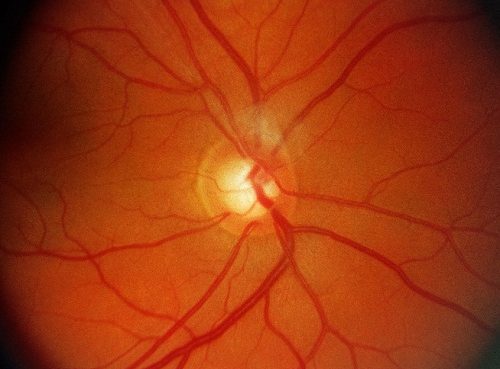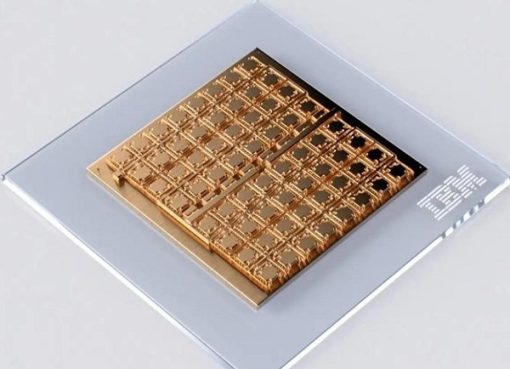Drones could be used to deliver life-saving defibrillators to people with suspected cardiac arrest, as the airborne devices have been shown to be faster than ambulances at reaching their destination.
“Drones delivered an automated external defibrillator (AED) just outside the door of residential homes, where most cardiac arrests occur, as well during the first minutes of a cardiac arrest,” said study author Dr Sofia Schierbeck of Karolinska University Hospital, Stockholm, Sweden.
“When a drone arrived before the ambulance it was nearly two minutes quicker. As drone technology improves it should be possible to increase the number of patients and the time benefits.”
Cardiac arrest is a life-threatening condition and is often fatal without resuscitation and an electric shock from an AED.
Each minute without treatment decreases the chance of survival and it is estimated that cardiac arrest causes one in five deaths in industrialised countries. Survival has not increased in recent years and the mortality rate is around 90 per cent.
“Emergency medical service response times are getting longer and people rarely have an AED at home,” Dr. Schierbeck said.
“We believe that novel ways to provide AEDs are needed to increase the chance of survival in these patients. Therefore, we performed the first-ever study to investigate the feasibility of drone delivery of AEDs to patients with suspected cardiac arrest outside of hospital.”
The study was conducted in the Gothenburg city area in western Sweden within the controlled airspace of an airport.
The usual procedure when a suspected cardiac arrest occurs outside of hospital is that a witness calls the emergency number (112 in Sweden) and the dispatch centre sends an alarm to the ambulances that then drive as quickly as possible to the scene.
In this study, as a complement, three drones were set up in three different locations, each with a 5km-radius flight range.
When a suspected cardiac arrest occurred in one of these three areas, the dispatch centre also sent an alarm to the drone pilots at the control centre for the drones.
The drone pilot then contacted the air traffic control tower and if they approved the flight a drone was deployed. The automated drone system was watched by the drone pilot and when it arrived at the scene, the drone descended to an altitude of 30m before an AED was slowly winched down.
Between June and September 2020, 12 drones were deployed in cardiac arrest cases and an AED was successfully delivered onsite in 11 of these. The drone arrived before the ambulance in 64 per cent of cases, on average 1:52 minutes earlier than the ambulance.
“Unlike previous simulation studies, this was the first study to deploy drones with AEDs in real-life emergencies,” Schierbeck explained.
“Our study shows that it is not only possible but can be quicker than an ambulance. This is the first ever proof of concept and the starting point for the use of drones in emergency medicine worldwide.”
She added that a limitation of the drones used in the study was that they could not fly in rain or heavy wind, although she believes that by next year some of these limitations could be overcome.
In March of this year, mobile network O2 and drone firm Skyfarer began creating the infrastructure for a new drone network in the UK that was intended to facilitate fast delivery of Covid-19 supplies and blood samples.
Source: E&T










